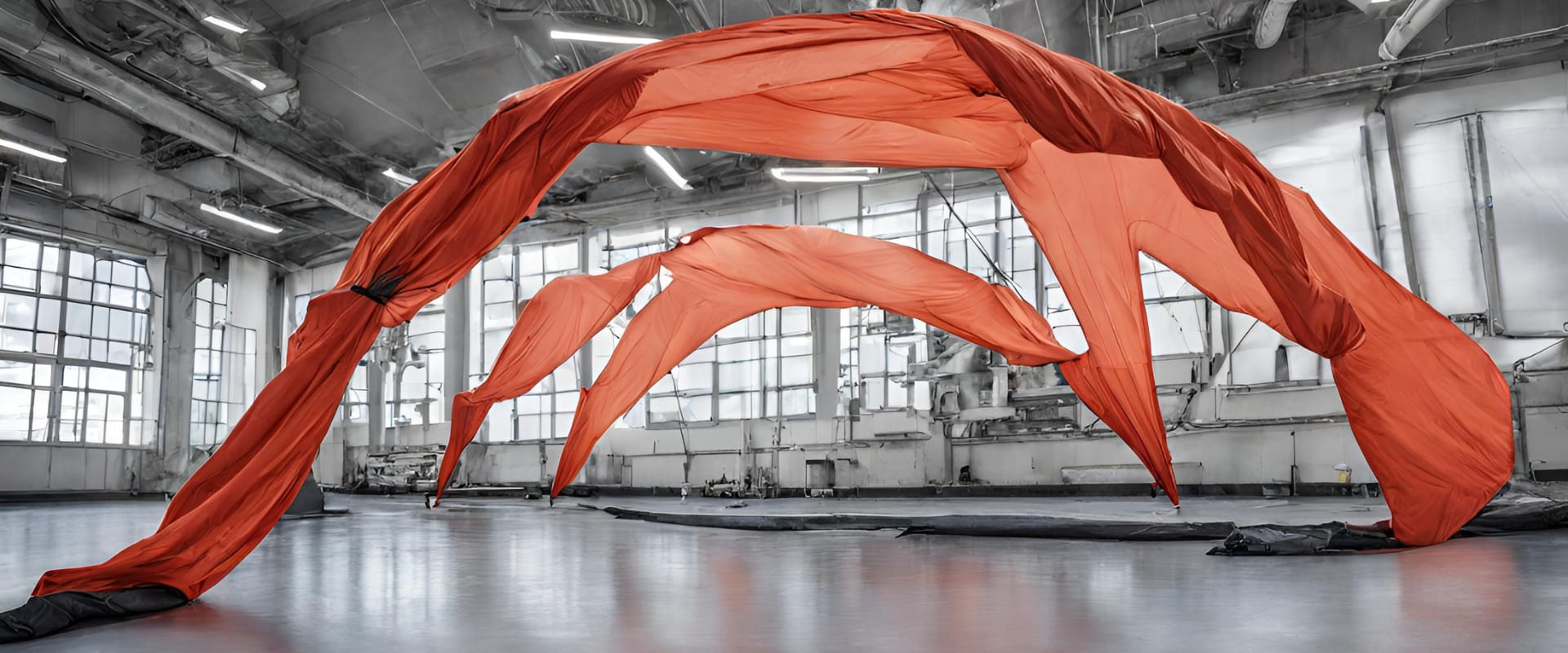
Evaluating Permeability of Parachute Fabrics for Selection
Permeability characterization is pivotal in assessing Technical Textiles for parachute use, influencing crucial factors like aerodynamic performance, controlled descent rates, canopy stability, wind resistance, and material selection.
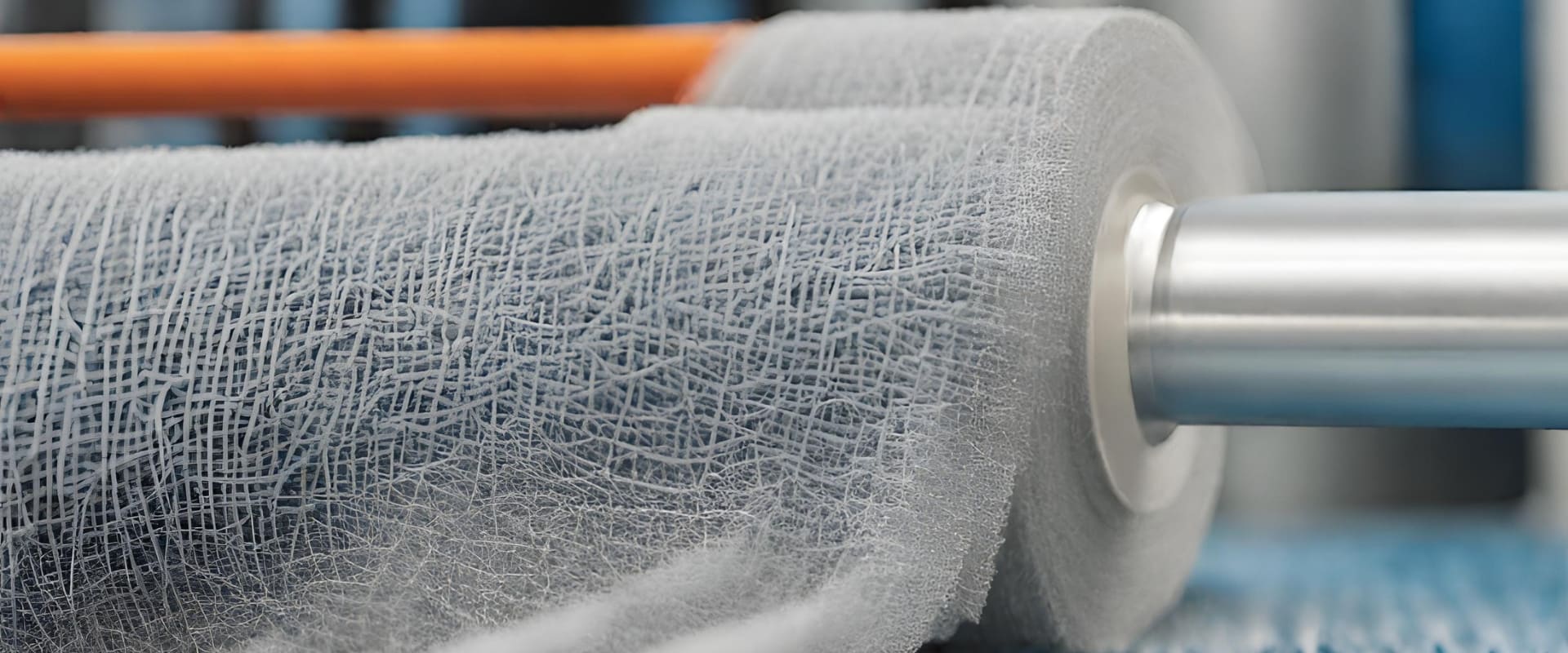
Desalination Methods in Meeting Rising Water Demand
Methods like Reverse Osmosis (RO), Nanofiltration (NF), Ultrafiltration (UF), Forward Osmosis (FO), Membrane Distillation (MD), Electrodialysis (ED), Pressure Retarded Osmosis (PRO), and Solar Desalination provide tailored solutions for converting seawater into freshwater
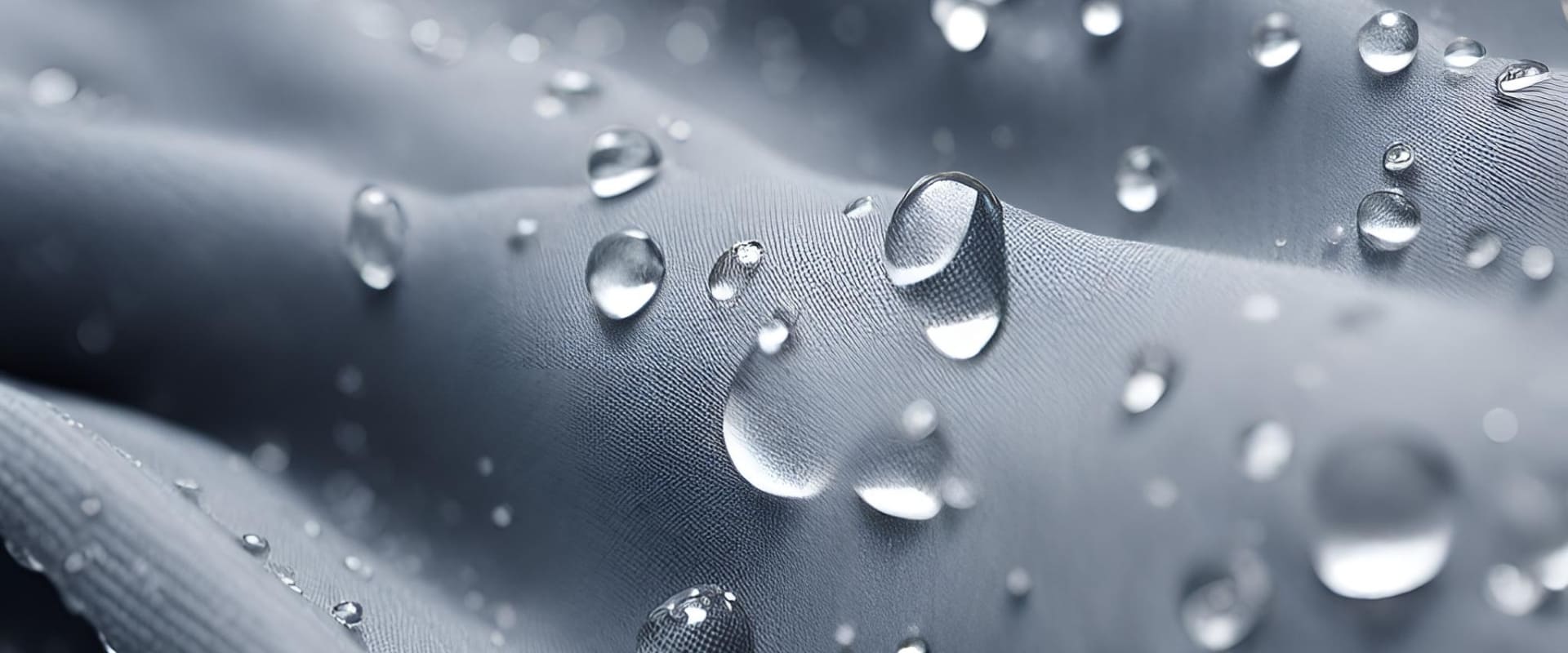
Crucial Role of Optimal Wetting for Accurate Pore Size
Pore Size in Textile Fabrics is vital for applications, especially in filtration-focused industries. This article explores applications such as Medical Textiles and Chemical Protective Clothing. Incomplete wetting during tests challenges

Role of Controlled Air Permeability in Parachute Fabric
Modern-day, Military and Civilian operations require a high degree of precession. To meet the demands, in precision bombing and dropping supplies or parachute troops, and to make parachuting safe for untrained passengers, accurate knowledge of Air Permeability characteristics of the parachute fabric is necessary.
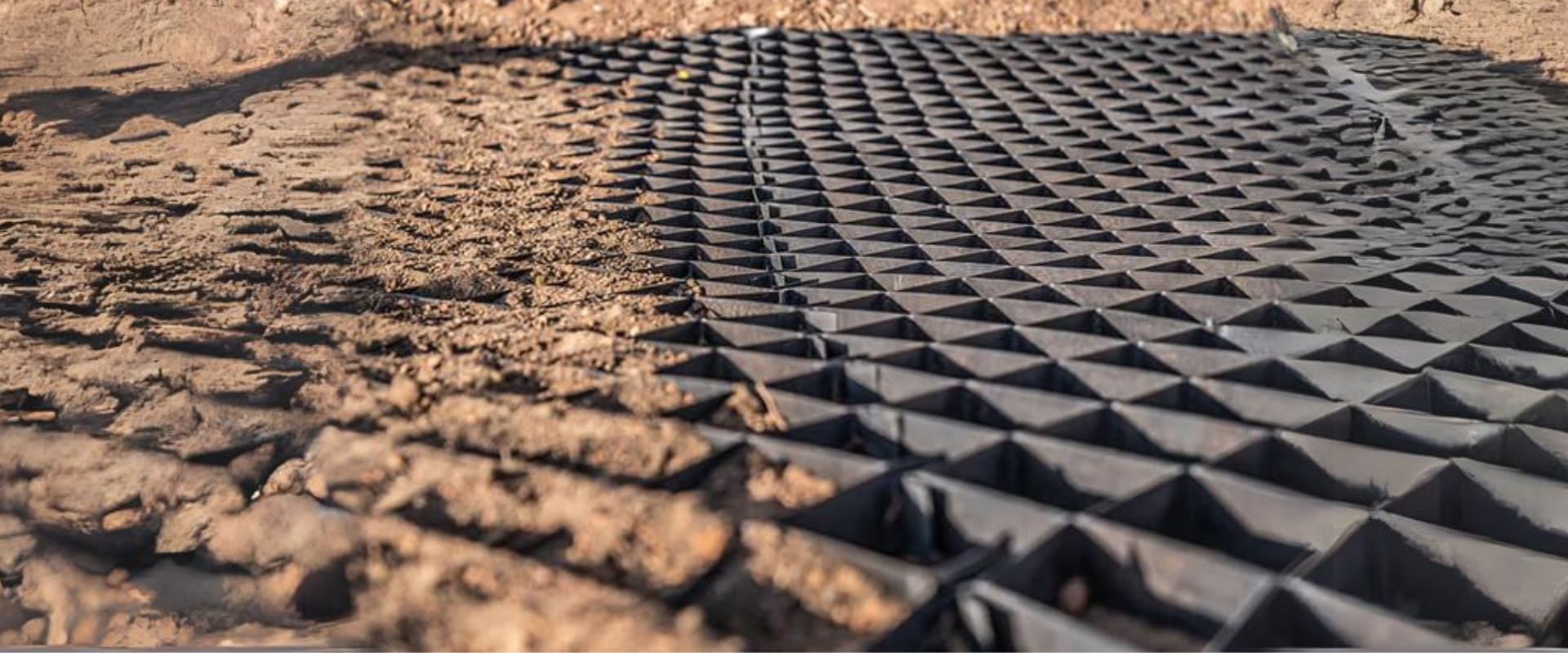
GEOGRIDS
Geogrids, geosynthetic materials with high-strength polymers, reinforce weak soils in civil engineering. Versatile and durable, they enhance tensile strength, preventing erosion and settlement. Used in retaining walls and roadways, geogrids offer a cost-effective solution for stability in diverse projects.
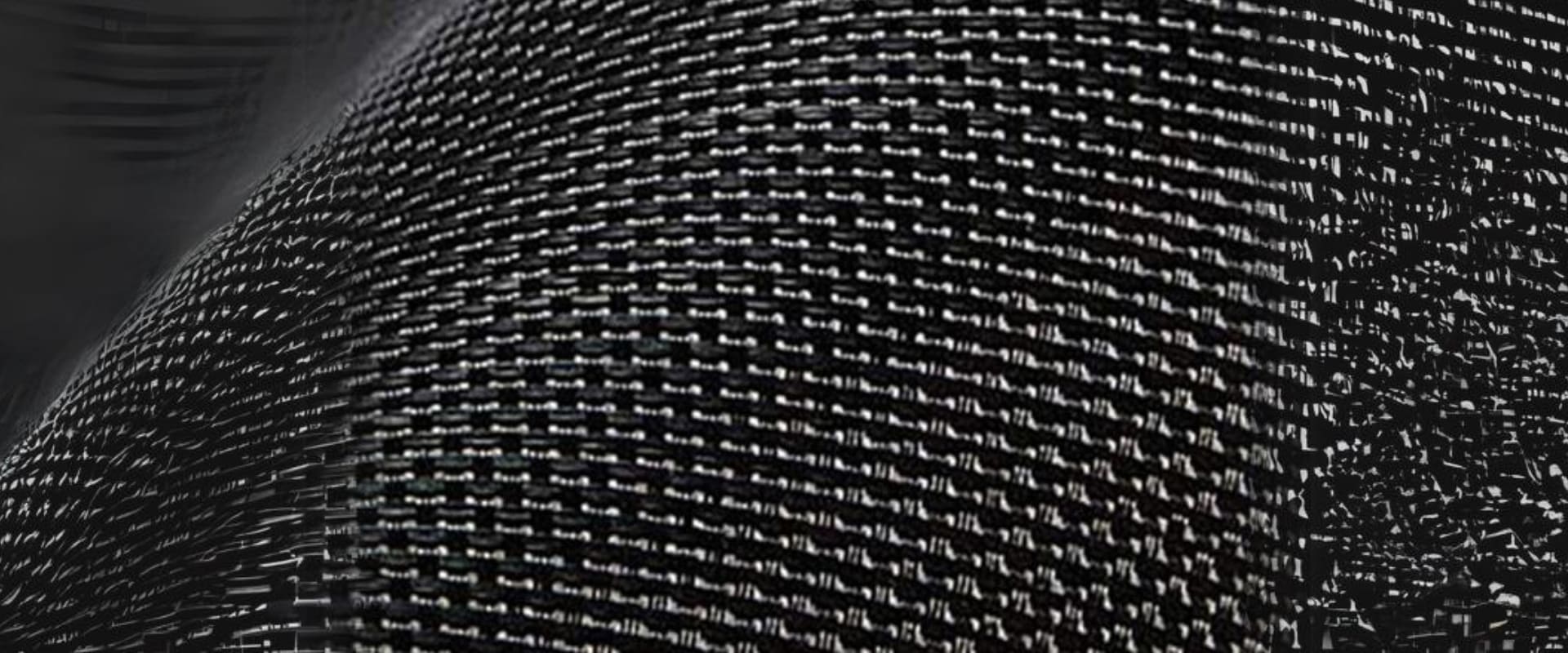
Geotextiles
Geotextiles, vital in civil engineering, offer benefits in soil stabilization, drainage, and erosion control. Initially derived from existing textiles, they evolved with manufacturing advancements, now tailored for specific needs in roadway construction and civil projects.
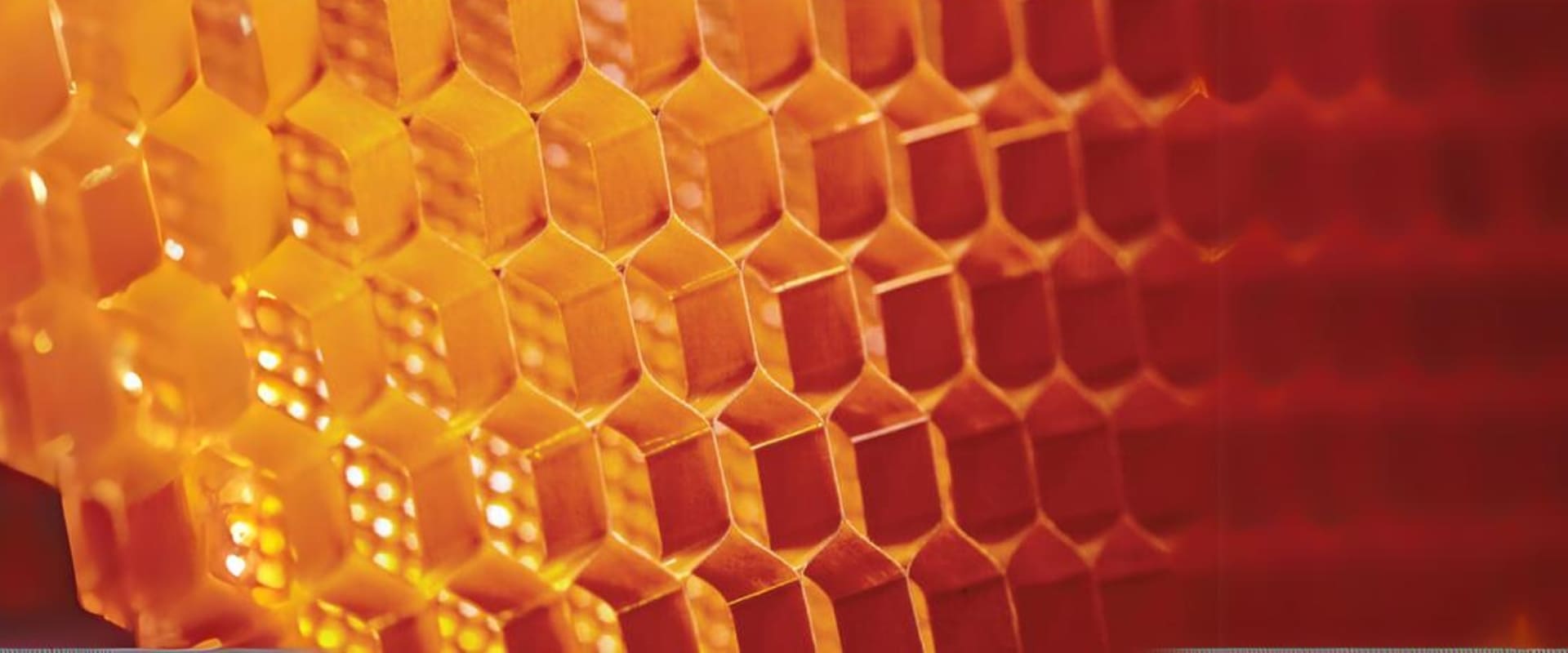
NOMEX
Nomex is a specific brand of meta-aramid with unique properties, and aramid polymers, in a broader sense, encompass both meta-aramids and para-aramids. Aramids are valued for their combination of high strength, heat resistance, and flame resistance, making them versatile materials in various industrial and protective applications.

Responsive barriers in PPE
Responsive barriers in personal protective equipment (PPE) dynamically adapt to external stimuli, enhancing their effectiveness against chemical and biological hazards. Key components include shape memory polymers, polymer gels, superabsorbent polymers, and polymeric ionic liquids, showcasing a versatile and innovative approach in developing adaptive protective systems.
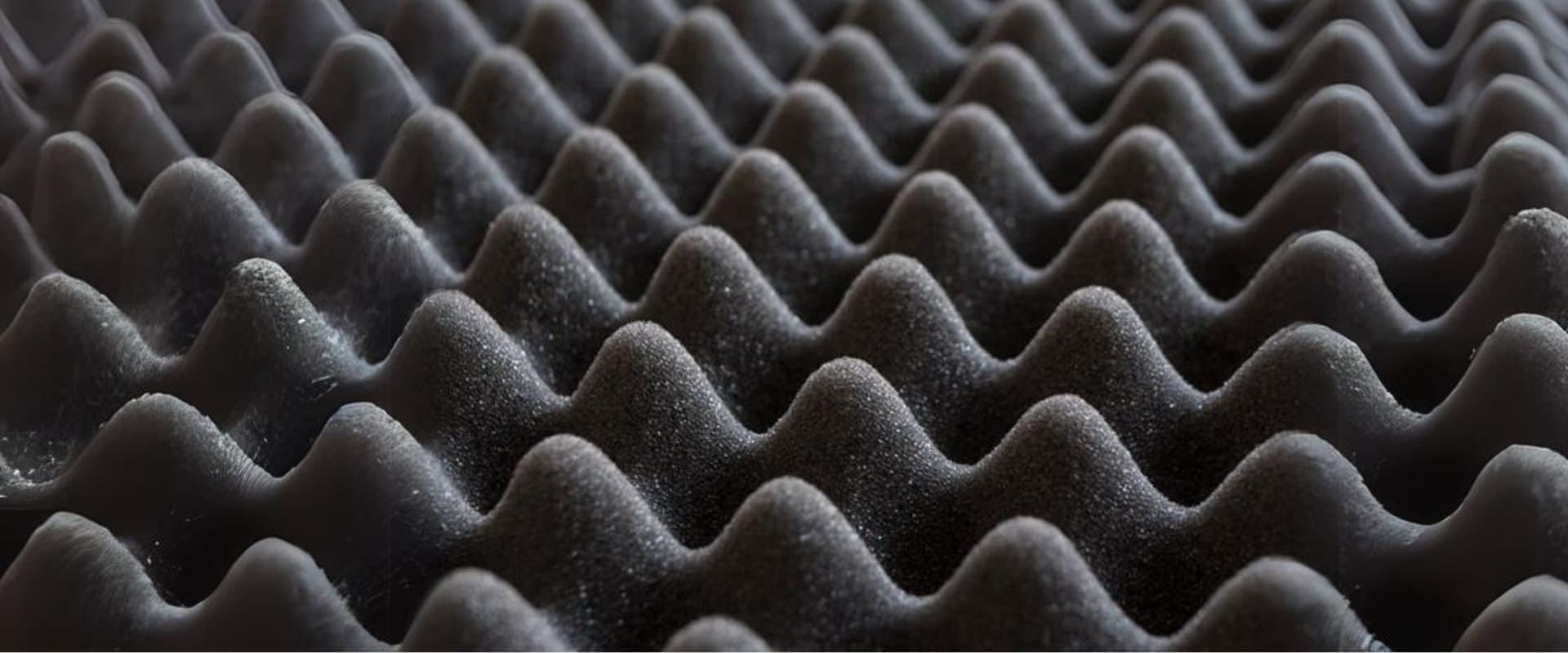
Polyurethrane foam reinforced with textile waste for sound absorption
Polyurethane foam reinforced with textile waste is a versatile solution for sustainable sound absorption. Applied across industries, from automotive interiors to construction, home furnishings, theaters, studios, and industrial settings, this material optimizes acoustics and comfort. Its adaptability makes it a valuable choice for creating environmentally friendly and efficient spaces.

Healthcare Textile
Natural and Synthetic Materials are used to prepare health care hygiene products. The fibers used in medical textiles are – Natural Fibers (cotton, silk, etc.) and Synthetic Fibers (polyester, viscose, polyamide, polypropylene, carbon, glass) bandages, plaster, wound dressing products are called Non-Implantable Medical Textile products, which are prepared from Textile Fibers.
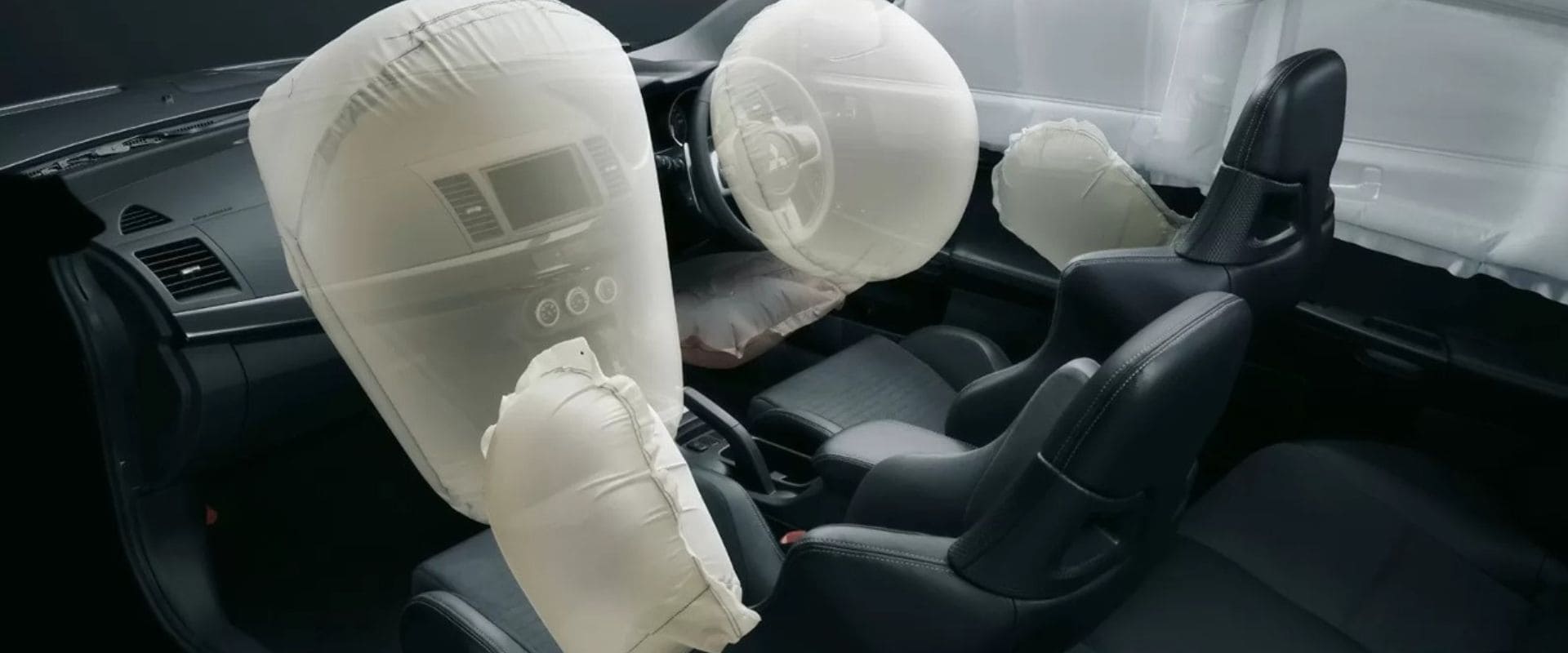
Airbag Technology: Enhancing Vehicle Safety
Airbag tech vital for auto safety, reduces injuries in impacts. Ongoing innovations include adaptive airbags, inflatable seat belts, enhancing safety standards.



